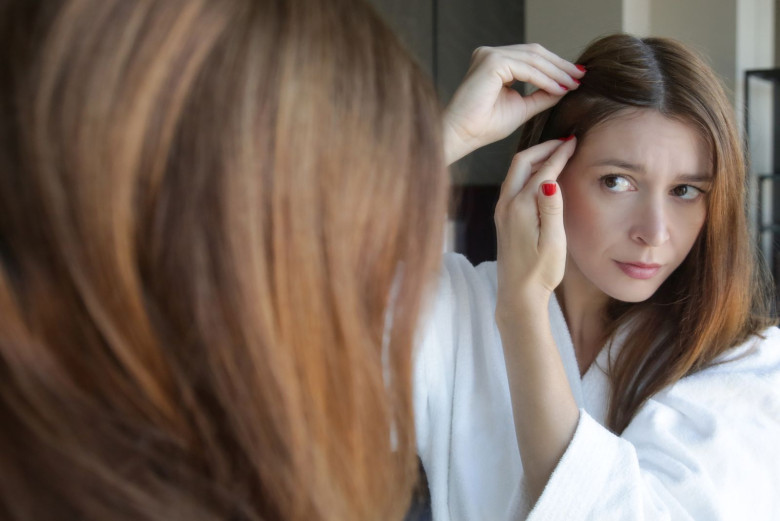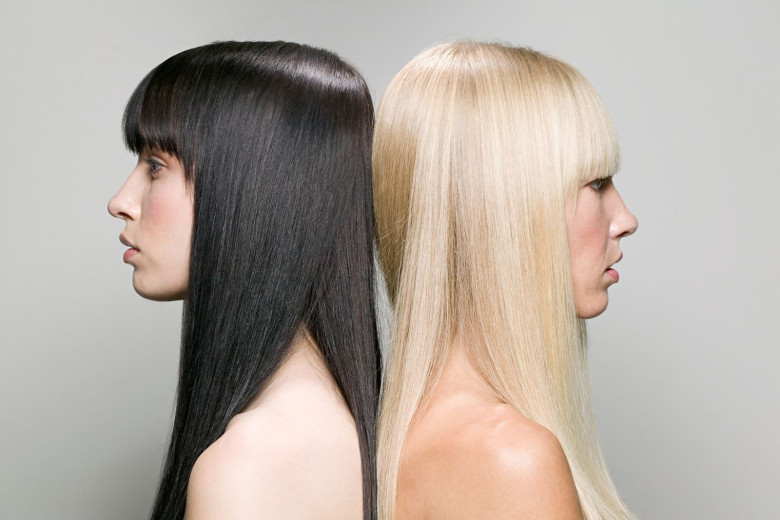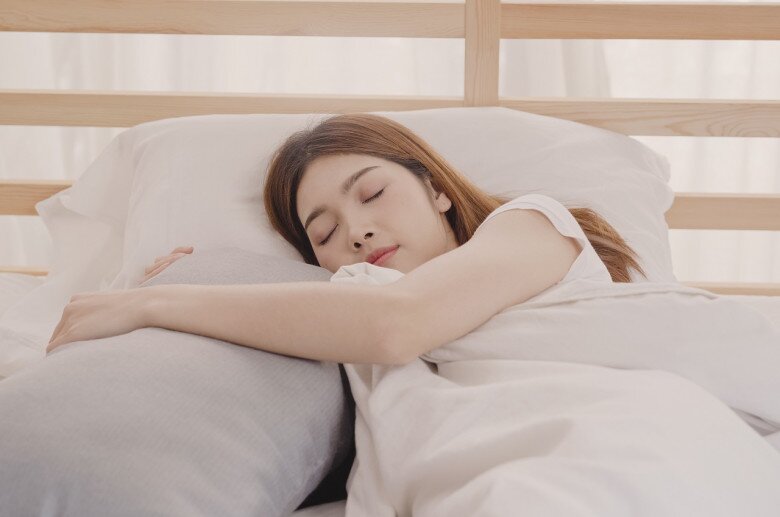Gray Hair in Your 30s – A Sign of Premature Aging or Perfectly Normal?
Finding gray hairs in your 30s can be unnerving, but rest assured, it’s completely normal. According to Dr. Susan C. Taylor, a professor of dermatology at the Perelman School of Medicine at the University of Pennsylvania, the timing of when hair starts to turn gray largely depends on ethnic background. She states, “Gray hair typically appears between the ages of 30 and 40. Caucasians and Asians tend to go gray in their 30s, while African Americans usually see signs in their 40s.” However, if you’re noticing gray hairs in your 20s, it could be an indication of premature aging.

It’s quite common to experience gray hair in your 30s, so there’s no need to worry.
From a biological standpoint, as we age, the melanocyte cells responsible for producing melanin, the pigment that gives our hair its black, brown, or blonde color, begin to slow down in their activity and decrease in number. As a result, hair color gradually fades, leaving behind strands of silver. For those experiencing premature aging, this change can occur rapidly and spread after the age of 30, resulting in complete graying.
Not only natural aging but also several other factors contribute to premature graying. Dr. Taylor emphasizes that smoking and excessive alcohol consumption are the leading causes. These habits induce “oxidative stress” – when the body accumulates too many free radicals without enough antioxidants to control them, damaging cells and accelerating the graying process. Additionally, genetics and certain chronic illnesses, particularly autoimmune diseases such as vitiligo, may also be culprits behind youthful gray hair.
Can Gray Hair Turn Black Again?
Many wonder if it’s possible to restore pigment to gray hair. According to Dr. Susan C. Taylor, it’s not an easy feat. While there are rare cases of gray hair caused by protein malnutrition that can be improved with proper nutrition, such situations are uncommon and primarily occur in children and the elderly, especially in developing countries.

Deficiencies in copper, iron, and vitamin B12 have also been linked to premature graying.
Additionally, deficiencies in trace elements like copper, iron, and vitamin B12 are believed to play a role in early graying. However, even with supplementation of these nutrients, there is still a lack of clear scientific evidence indicating that gray hair can regain its original color. Dr. Taylor shares, “Many people are trying all sorts of vitamins and minerals like zinc, copper, and selenium to address gray hair, but the results are generally not promising.”
Nonetheless, don’t let gray hair diminish your self-worth. Embrace it as a sign of maturity and a unique aspect of your beauty. You are still you, charming, confident, and captivating.
At-Home Remedies for Premature Gray Hair – Safe and Effective
While gray hair doesn’t impact your health directly, it can affect your self-esteem due to its aesthetic implications. Some choose to cover it up with hair dye, but the excessive use of chemicals can be detrimental to scalp health and overall well-being over time. Instead, opt for natural, gentle methods that you can safely try at home to address this concern.
1. Nutritional Balance – Nourish Your Hair from Within
A healthy diet plays a crucial role in maintaining strong and vibrant hair. Incorporating foods rich in vitamin B complex, especially B12, found abundantly in whole grains, fish, and leafy greens, will help nurture your hair and preserve its natural color for longer.
Foods to promote hair growth and maintain its natural color.
2. Stress Reduction – Restore Balance to Your Body
Prolonged stress is a common trigger for premature graying. Engaging in activities like meditation, yoga, outdoor walks, or simply taking time to relax each day can help reduce stress levels and improve overall health, which in turn benefits your hair.
3. Adequate Sleep – Passive Beauty Therapy
Quality sleep is when the body regenerates and restores cells, including melanin-producing cells that determine hair color. Ensure you get a full 7-8 hours of sleep each night to support this process.

Sleep helps the body regenerate and restore cells, including melanin-producing cells.
4. Natural Hair Treatments
Massaging your scalp with coconut or olive oil not only enhances blood circulation but also nourishes the hair follicles. Additionally, you can try folk remedies like black bean or walnut shell masks, which are known to boost pigmentation and gradually improve hair color.



































